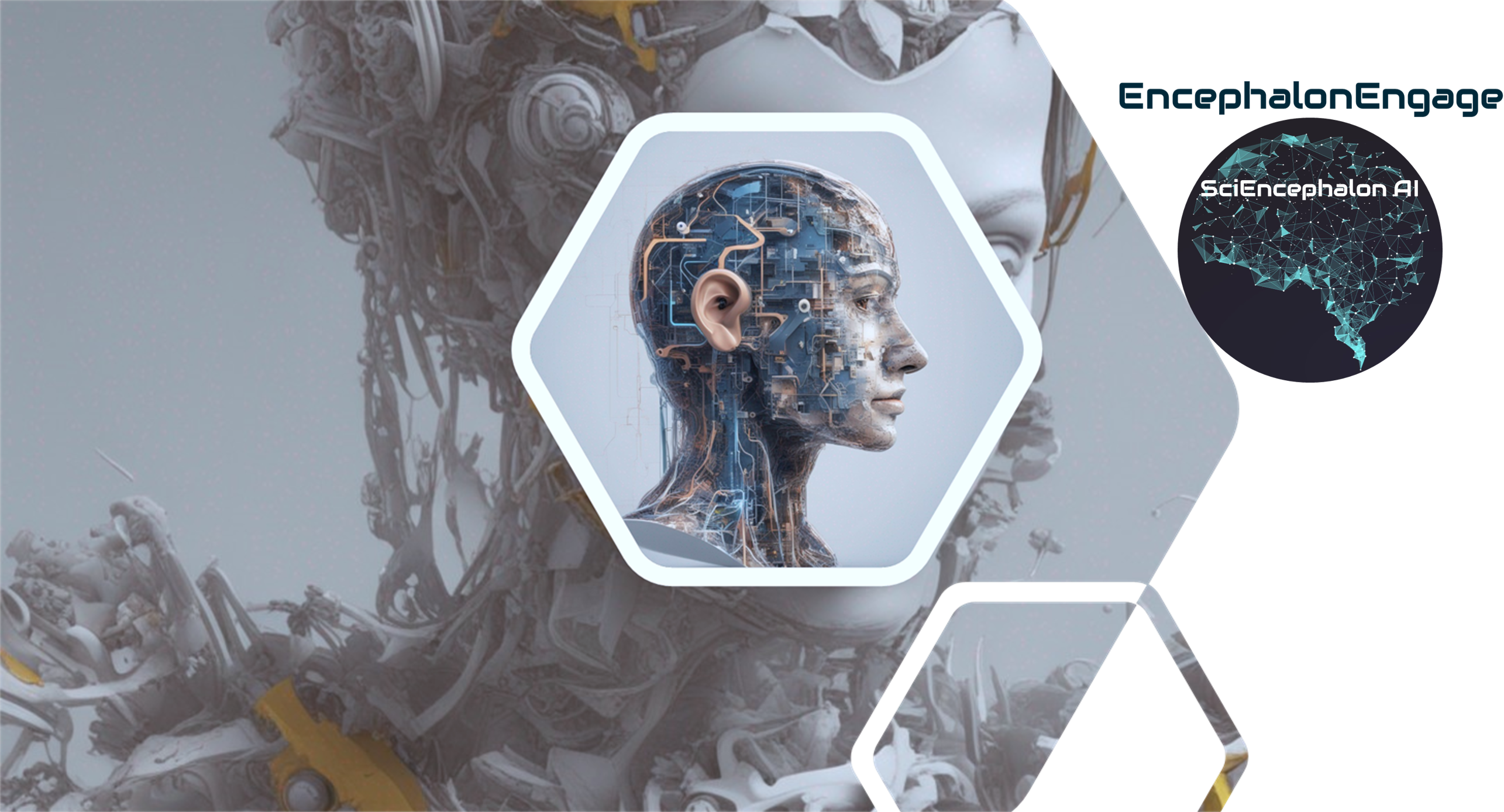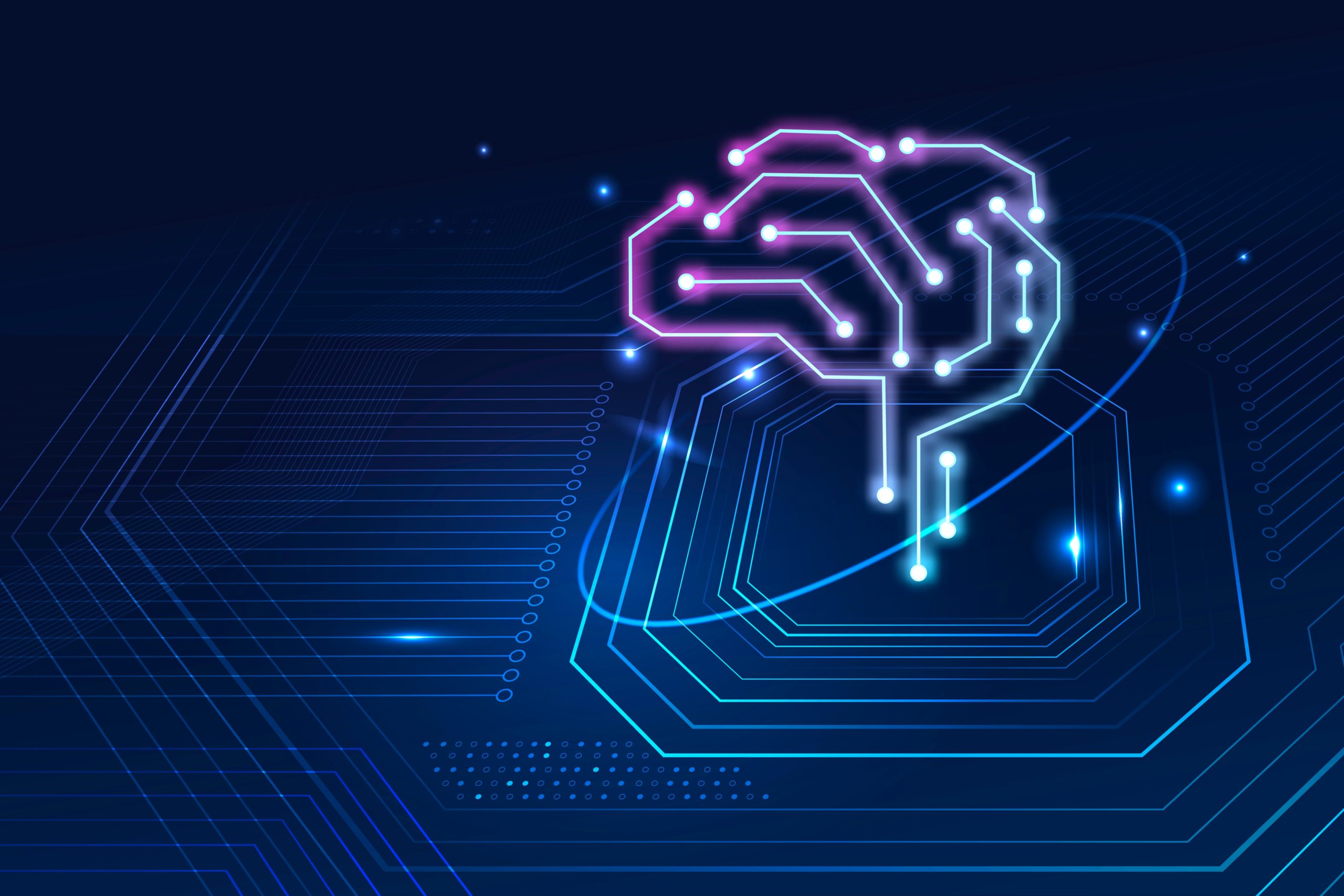
As a Data and AI/ML advisory, we strongly believe that real-time data pipelines powered by in-memory architectures are essential for organizations to stay competitive in today’s fast-paced business environment. In this article, we would like to discuss the critical components of real-time data pipelines and how to build them using modern tools and technologies.
Real-time data pipelines are used across various industries, including finance, healthcare, and e-commerce, to enable timely decision-making and help companies stay ahead of their competitors. The critical components of real-time data pipelines include in-memory architectures, converged processing, stream processing, and multimodal systems.
In-memory architectures powered by in-memory databases are ideal for use cases where speed is of the essence, such as high-frequency trading, real-time analytics, and online transaction processing. In-memory databases offer faster processing times, higher throughput, and lower latency than traditional disk-based databases. They store data in memory rather than on disk, providing more immediate access times and lower latency.
Converged processing enables organizations to process transactions and analytics in a single database. This eliminates the need for data replication and reduces latency, enabling real-time decision-making. Converged processing requires a database that simultaneously handles transaction processing and analytics tasks. The database must have high availability, scalability, and fault tolerance.
Stream processing provides a solution for processing high-volume data streams in real-time. It enables organizations to process data as it arrives rather than storing it on disk and processing it later. Stream processing provides real-time insights into data and enables organizations to make decisions based on the insights gained.
Multimodal systems enable organizations to use different data models in the same database. This provides a more flexible solution for handling different data types and enables organizations to leverage multiple data models to gain insights into their data.
To build effective real-time data pipelines, organizations can leverage various tools and technologies, such as:
- Apache Kafka: A distributed streaming platform that allows organizations to publish and subscribe to streams of records in real-time. It is a highly scalable, fault-tolerant, and durable platform that can handle real-time data ingestion and processing.
- Apache Spark: A fast and general-purpose cluster computing system that enables real-time stream and in-memory data processing. It can handle batch processing, real-time processing, machine learning, and graph processing.
- AWS Kinesis: A fully managed service for real-time data streaming and processing. It can handle high-volume data streams, process data in real-time, and integrate with other AWS services.
- Apache Flink: A stream processing framework supporting low-latency and high-throughput data streams. It can handle batch processing, real-time processing, and machine learning.
- Redis: An in-memory data structure store that can be used as a database, cache, or message broker for real-time data processing. It is highly scalable, fast, and can handle complex data structures.
- Apache NiFi: A data integration tool that supports real-time data ingestion, processing, and delivery. It can handle data transformation, routing, and enrichment.
- Hadoop: An extensive data processing framework that supports real-time stream processing and in-memory data processing through tools like Apache Storm and Apache Spark.
By leveraging these and other modern tools and technologies, organizations can build reliable, scalable, and cost-effective real-time data pipelines that can help them make informed decisions quickly and respond to changes in the market faster than their competitors.
Organizations must also consider their deployment options, such as bare metal, virtual machine (VM), or container deployments. They must also consider their storage media, such as solid-state (SSD) or hard disk drives (HDD). Finally, they must view their data’s durability, availability, and backups to ensure reliability and security.
Real-time data pipelines offer numerous benefits to organizations, including faster decision-making, increased agility, improved customer experience, and cost savings. Real-time data pipelines enable organizations to collect, process, and analyze data in real time, providing valuable insights into their operations and customers. By building real-time data pipelines, organizations can gain a competitive advantage in today’s fast-paced business environment.
Organizations must consider their deployment options, such as bare metal, virtual machine (VM), or container deployments. They must also consider their storage media, such as solid-state (SSD) or hard disk drives (HDD). Finally, they must view their data’s durability, availability, and backups to ensure reliability and security.
In conclusion, building real-time data pipelines is essential for companies that want to stay competitive in today’s fast-paced business environment. Real-time data pipelines enable organizations to collect, process, and analyze data in real time, providing valuable insights into their operations and customers. Organizations can build reliable, scalable, and cost-effective real-time data pipelines by leveraging modern technologies and best practices, choosing the right deployment option, and ensuring data durability, availability, and backups. By building real-time data pipelines, organizations can gain a competitive advantage in today’s fast-paced business environment.
#RealTimeDataPipelines #InMemoryArchitectures #ConvergedProcessing #DataAgility










